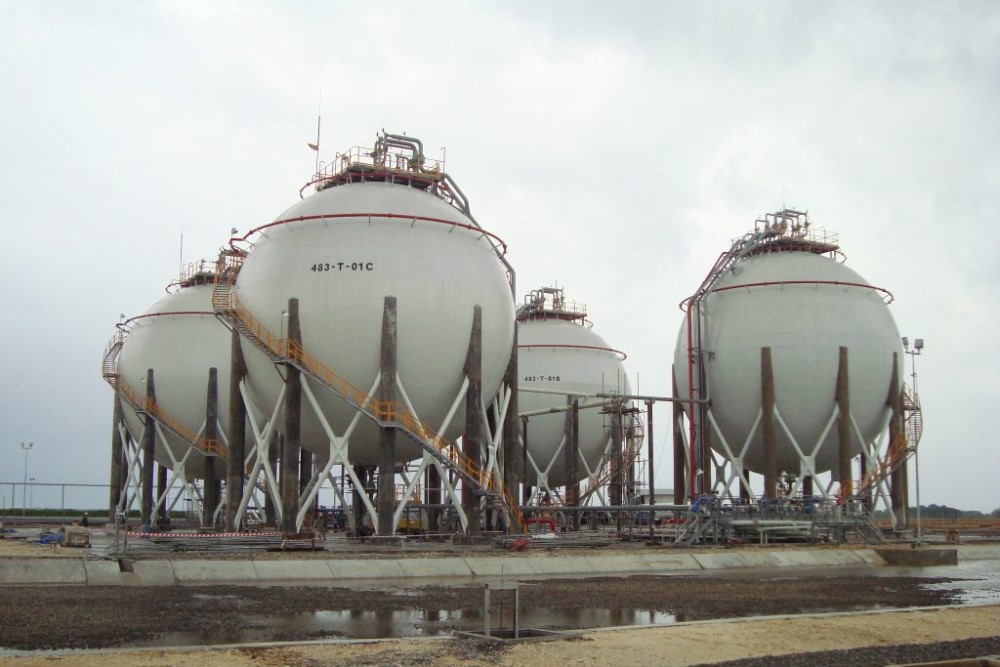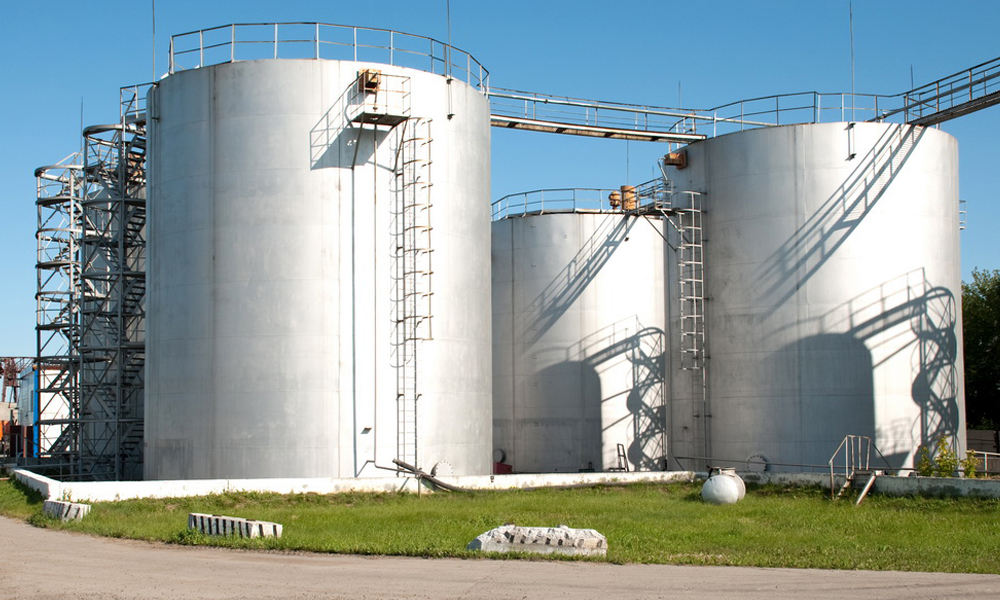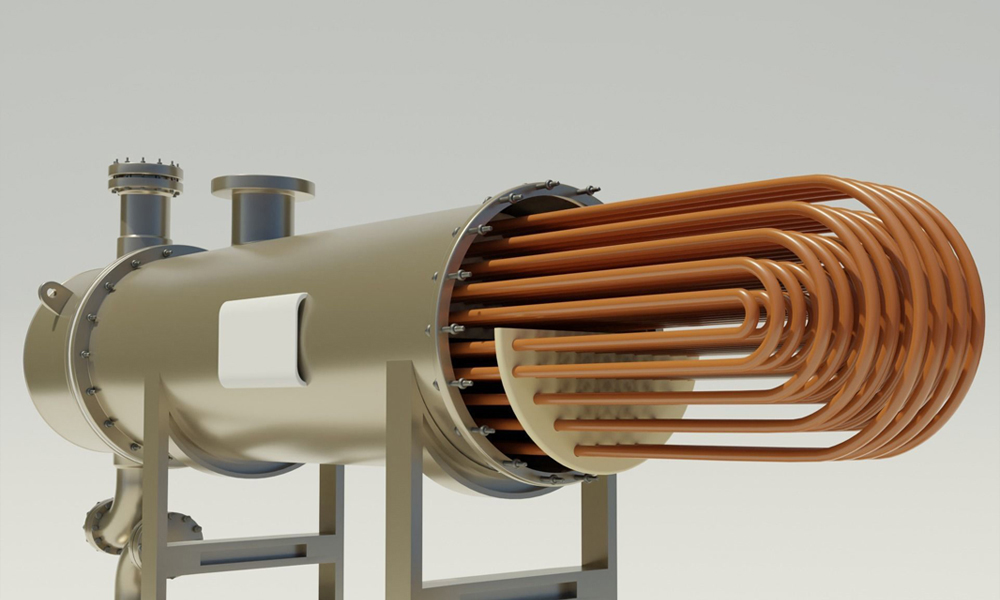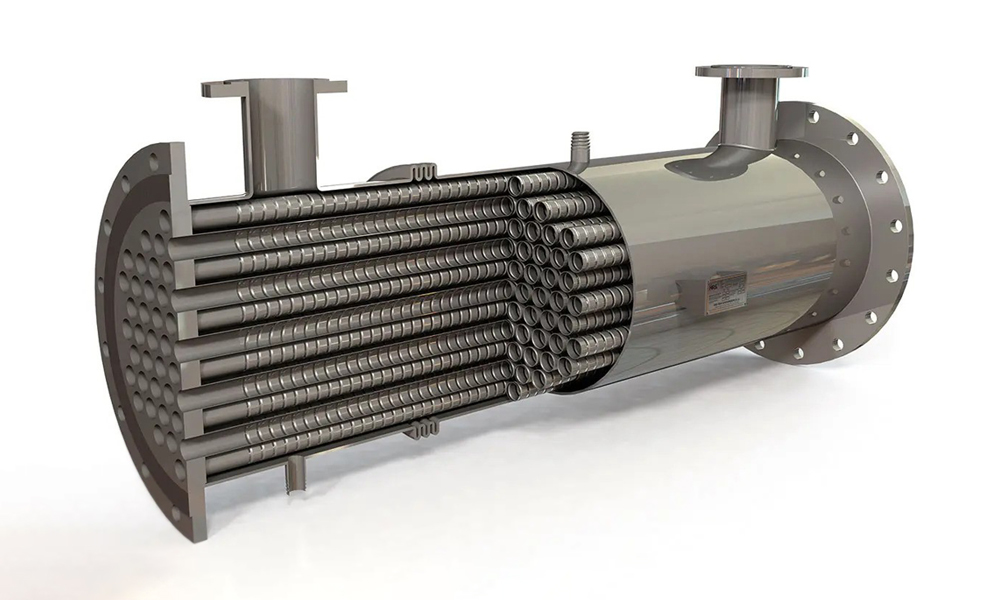In heavy industries such as oil and gas, where equipment must operate reliably for decades, climatic conditions can dramatically affect performance and safety. Petrosazeh Beinolmelal Aram Co. (Petrosazeh), with its expertise in the design and fabrication of pressure vessels, has always prioritized this issue. Spherical pressure vessels, often used for storing compressed gases or liquids, are particularly sensitive to environmental changes. Extreme temperatures or high humidity levels can alter their behavior and even compromise safety.
In all its projects, Petrosazeh carefully considers these factors to design more durable spherical storage tanks. This article examines how climatic conditions influence spherical pressure vessels and what strategies can mitigate those effects. For professionals in this industry, these insights can help in making better decisions when selecting and maintaining storage equipment.
Understanding Spherical Pressure Vessels
Spherical pressure vessels are a specific type of pressure vessel designed in a spherical shape to store materials under high pressure. They are typically constructed from steel or high-strength alloys and are ideal for storing gases such as propane or butane. The spherical geometry ensures uniform pressure distribution, which significantly enhances structural strength.
These vessels are commonly used in petrochemical and energy industries. Petrosazeh adheres to ASME standards in its designs to ensure the vessels withstand diverse environmental conditions. However, climatic factors can still introduce performance challenges—such as thermal stresses due to temperature variations.
Furthermore, compared to cylindrical tanks, spherical vessels have a smaller surface area-to-volume ratio, which reduces heat loss. However, in regions with extreme weather fluctuations, additional evaluations are required to ensure safety and reliability.

Types of Climatic Conditions and Their Importance in Storage Industries
Climatic conditions include variables such as temperature, humidity, wind, precipitation, and solar radiation, each of which can influence the performance of pressure vessels. In tropical regions, high temperatures may increase internal pressure, while in cold climates, material contraction can cause microcracks.
These factors are especially critical because spherical storage tanks are typically installed outdoors and directly exposed to environmental variations. Moreover, global climate change—such as rising storm frequency or extreme temperature swings—introduces new challenges. For example, in coastal regions, high humidity and salt-laden air can accelerate external corrosion.
To mitigate such effects, Petrosazeh analyzes local meteorological data and provides customized designs to improve resistance under specific conditions. Addressing these environmental factors is vital not only for safety but also for economic efficiency, since even minor climate-induced damage can cause costly downtime and repairs.
The Effect of Temperature Variations on Spherical Pressure Vessel Performance
Temperature fluctuation is one of the most influential climatic factors affecting spherical pressure vessels. At high temperatures, metals expand and internal pressure rises, potentially leading to leakage or rupture. Conversely, in very low temperatures, contraction induces internal stresses and reduces material ductility.
Studies have shown that daily temperature swings in desert regions can create repetitive thermal cycles, accelerating material fatigue. Additionally, the temperature difference between the vessel’s interior and exterior—especially in cryogenic gas storage—can lead to moisture condensation and subsequent corrosion.
Petrosazeh incorporates advanced thermal insulation systems in its designs to minimize these effects. Furthermore, continuous monitoring using smart sensors enables real-time detection of thermal variations, extending vessel service life and preventing failures.
Also read: Factors affecting spherical pressure vessel lifespan
The Role of Humidity and Corrosion in Reducing Spherical Tank Efficiency
High humidity accelerates external corrosion, particularly in humid or coastal areas where salt acts as a catalyst. Corrosion thins the vessel wall, weakening its structure and degrading performance. Research indicates that external corrosion often originates from harsh environmental exposure, leading to localized thinning and stress concentration zones.
Additionally, moisture can penetrate the inner surfaces, causing internal corrosion, especially when stored materials are corrosive. To counter this, Petrosazeh applies protective coatings such as epoxy or galvanization. In high-humidity environments, dehumidification systems around the tank are also recommended to prevent surface condensation.
Overall, corrosion induced by humidity reduces both efficiency and safety. Regular fitness-for-service (FFS) assessments following API 579 standards help identify these issues early and maintain safe operation.
Effects of Wind and Aerodynamic Forces on Spherical Tanks
Strong winds exert aerodynamic forces on spherical storage tanks, altering pressure distribution. The spherical geometry naturally disperses these forces, but at high wind speeds, Reynolds number (Re) effects become significant, potentially causing boundary layer separation and drag increase.
Wind tunnel experiments have shown that at Re values between 10⁷ and 10⁸ (typical of real conditions), aerodynamic loads can induce structural stresses. Furthermore, storm-level winds can trigger resonant vibrations, especially in support columns of spherical tank.
Petrosazeh uses numerical simulations to model these forces, ensuring that vessels withstand winds up to 30 m/s. Surface roughness also plays a role: rougher textures can transition airflow into a critical regime, reducing localized pressure peaks.
Understanding these effects is vital in wind-prone regions. Reinforcing support structures or installing windbreak systems can improve performance and prevent long-term damage.
The Impact of Precipitation (Rain, Snow, Ice) on Vessel Performance
Precipitation—including rain, snow, and ice—can influence spherical pressure vessels, particularly when accumulation occurs on the surface. The spherical shape minimizes buildup, but in extreme weather, ice formation adds extra weight and increases structural stress.
Studies show that in floating-roof tanks, heavy rainfall can cause structural collapse, and similar risks exist for spherical tanks. Acidic rain in industrial regions can also accelerate corrosion.
Preventive strategies include regular drainage, surface heating systems in cold climates, and real-time weather monitoring. Prompt corrective action can prevent efficiency loss and structural failure.
Climate-Resistant Design of Spherical Pressure Vessels
Designing spherical pressure vessels for climate resistance involves careful material selection and advanced engineering analysis. For example, corrosion-resistant steels are essential in humid climates, while thermal insulation is crucial in cold environments.
ASME Section VIII provides the basis for incorporating climatic factors—such as temperature and wind loads—into structural calculations. Finite element modeling (FEM) with tools like ANSYS enables simulation of various climate scenarios.
Petrosazeh applies these methods to optimize tank designs for specific regions—for instance, by increasing wall thickness in high-wind areas. Such designs enhance safety, reduce maintenance costs, and ensure long-term reliability.
Case Studies and Industry Experience
In a Persian Gulf refinery, severe temperature variations caused corrosion in spherical pressure vessels, but performance improved after new coating systems were applied. Another case in Northern Europe faced wind-induced vibrations that were resolved through aerodynamic redesign.
Similarly, in snowy regions of Canada, ice accumulation created structural stress, which was mitigated using heating systems. Petrosazeh has incorporated these insights into its projects across Iran, emphasizing how real-world experience drives continuous improvement.
Petrosazeh’s Maintenance and Safety Recommendations
Regular maintenance of spherical pressure vessels includes periodic inspections for corrosion and thermal stress. Petrosazeh recommends smart monitoring sensors to track temperature and humidity, allowing early detection of climatic impacts.
Operator training for extreme weather response is also vital. Applying protective coatings and environmental control systems further improves safety. Petrosazeh’s projects follow API 579-based safety protocols to maintain reliable performance under climatic stress.
These measures ensure that spherical storage vessels remain safe, efficient, and long-lasting.
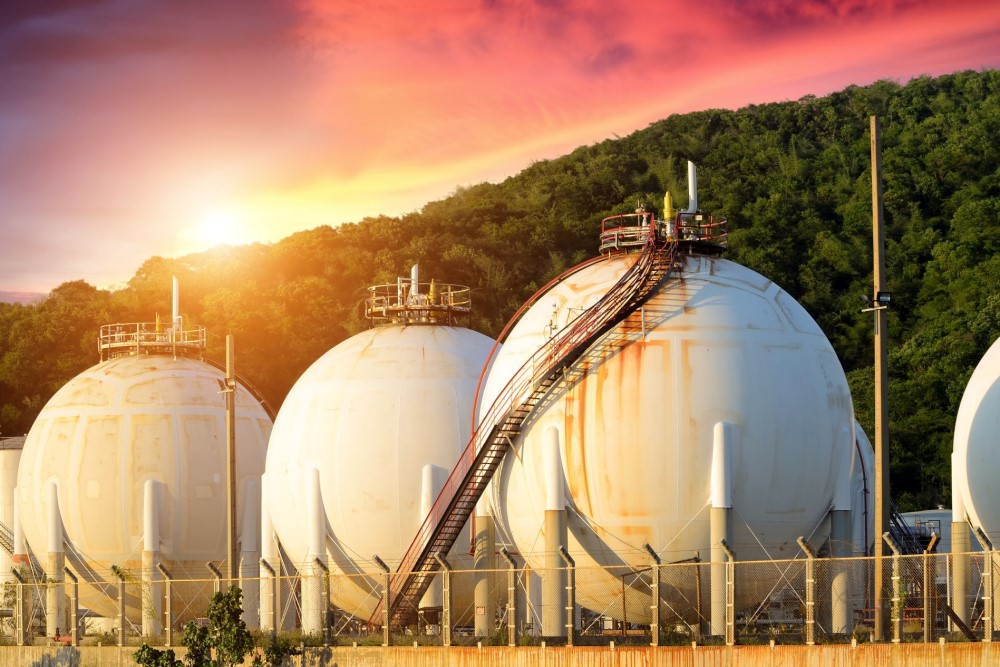
Read more: Spherical pressure vessels design and maintenance tips
Innovations and the Future of Spherical Tanks in a Changing Climate
Innovations such as corrosion-resistant composite materials and AI-based climate prediction systems are shaping the future of spherical pressure vessels. For instance, artificial intelligence can analyze weather data to assess potential risks proactively.
Moreover, green design approaches, including sustainable insulation materials and low-emission coatings, are gaining prominence. Future spherical tanks will be smarter, more resilient, and environmentally adaptive. These advancements not only enhance performance but also align with global climate adaptation goals.
Conclusion
Climatic conditions—from temperature fluctuations to humidity and wind—have a profound impact on the performance of spherical pressure vessels. By understanding these factors and implementing climate-resilient designs, industries can ensure both safety and efficiency.
Petrosazeh Beinolmelal Aram Co. plays a key role in this field, providing high-standard designs that help clients maximize equipment reliability under diverse environmental conditions.
Ultimately, investing in maintenance and innovation is essential for industries seeking to remain sustainable and resilient amid ongoing climatic challenges.
References:
- https://www.sciencedirect.com/science/article/abs/pii/S0959652623010338/
- https://iopscience.iop.org/article/10.1088/1361-651X/adc9cc/
- https://www.redriver.team/understanding-the-spherical-design-of-pressure-vessels/
- https://ironcladenvironmental.com/2023/07/10/atmospheric-storage-tanks-safety-challenges-and-solutions/
- https://www.cimcenric.com/product-knowledge/why-are-lpg-storage-tanks-spherical.html/
- https://www.foamglas.com/en/applications-and-solutions/storage-tanks%2C-spheres%2C-vessels/spheres/spheres/
- https://www.sciencedirect.com/science/article/abs/pii/S0167610520303743/
- https://www.sciencedirect.com/science/article/abs/pii/S0308016107000282/
- https://www.barleyconstruct.com/news-essential-guide-to-spherical-tanks-design-benefits-and-applications.html/

